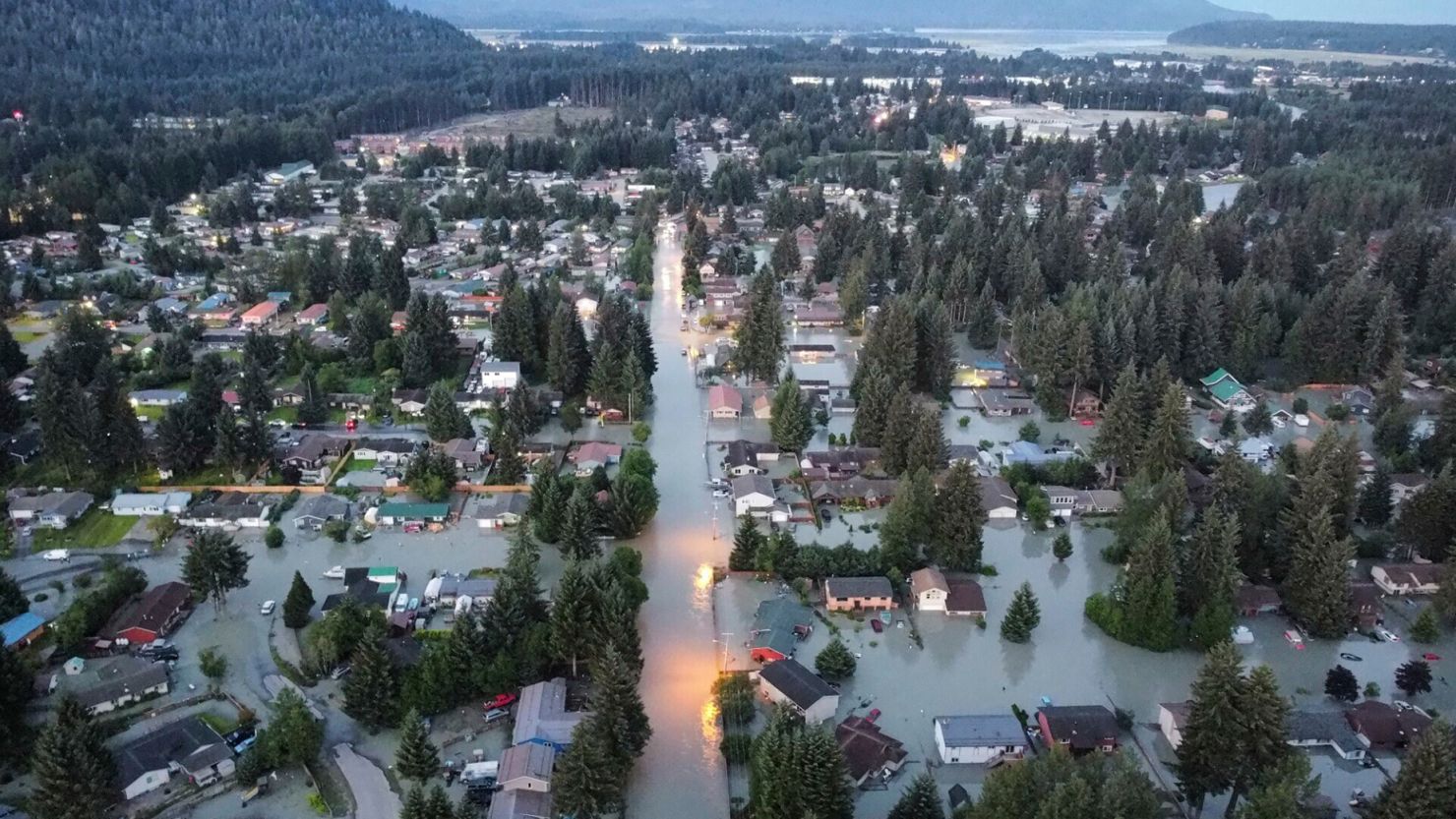×
Warning: The information provided here was generated using artificial intelligence. While efforts have been made to ensure accuracy, the content may contain errors or biases inherent to AI systems.

Senator Dan Sullivan is diligently working to address the persistent issue of glacial lake outburst floods in Juneau, caused by the Mendenhall Glacier. During a recent Senate Environment and Public Works Committee hearing, Sullivan pressed Lt. Gen. William Graham Jr., the chief of engineers, and Assistant Secretary of the Army for Civil Works Adam Telle to present short-, medium-, and long-term strategies to combat the decade-long flooding afflicting the capital city.
Sullivan linked the Corps’ efforts to President Trump’s Day One executive order, “Unleashing Alaska’s Extraordinary Resource Potential.” This directive urges the Assistant Secretary of the Army for Civil Works to reevaluate and revise any actions obstructing critical projects in Alaska. During Telle’s confirmation hearing, he pledged his commitment to Sullivan, stating he had "tattooed" the order's directive on his heart—a promise Sullivan commended during the hearing.
Emphasizing the urgency of action, Sullivan stressed, "We've got a lot of work to do, but can I get your commitment...that we’re not just going to study this? The people of Juneau are having flooding every summer." Graham indicated that a technical study, due in spring 2026, will provide the foundation for a long-term solution, stating, "Senator Sullivan, this is what we’re built for—being able to take a complex situation and work with our state and local partners to put a project in place rapidly." Telle reaffirmed this commitment, asserting, "I've committed to you, and General Graham has committed to me that we are going to be focused on a long-, medium-, and short-term solution to address this challenge."
On August 16, 2025, Sullivan joined Brigadier General Joseph Goetz and local officials on a helicopter tour of the flood zone, underscoring the critical need for swift action in the wake of the record-breaking flood that year. USACE's short-term solution was to install HESCO barriers, collapsible wire mesh containers filled with sand or soil to create temporary flood protection. While the USACE’s HESCO barriers along the Mendenhall River reduced extensive damage compared to 2024, several neighborhoods remain susceptible and unprotected.
The First Things First Alaska Foundation (FTFAK) has spearheaded community-led efforts to develop long-term solutions, advocating for a traditional earthen levee on Mendenhall Lake. This levee would have a passive outflow control mechanism to contain outburst floodwaters and prevent downstream surges. The proposed levee would allow the river to flow normally while restricting excess water, blending in with the surrounding natural terrain. The organization has made information available on its FTFAK website, including flood hazard evaluations dating back to 2011 and critiques of temporary remedies such as HESCO barriers. These resources underscore the importance of reliable, long-term infrastructure in protecting public and private assets in the Mendenhall Valley.
Frank Bergstrom, president of the FTFAK Foundation, praised the commitments while highlighting the significance of execution. "This is good news. Heretofore, the USACE has pursued a projected ten-year planning process for a long-term solution to the Mendenhall outburst flood. Through the efforts of the Alaska Delegation, and Senator Sullivan in particular, new management at the USACE has now reexamined its planning timeline. While it appears planning may now be concluded by next spring, the outstanding question is when can we have that solution working in the field? Let us hope that happens in time to finally bring relief to Juneau residents."
Floods have created ongoing hardships for residents of View Drive in Mendenhall Valley, including Don Habeger. Habeger and his wife, Carol, have suffered major damage to their home for three years in a row—2023, 2024, and 2025—decimating their property’s value and forcing them to face a difficult decision: continue fixing their home or abandon it. "You have to consider that because you cannot sell these houses," Habeger explained. In anticipation of the projected 2025 release, Habeger and his neighbors constructed a large earthen berm around their properties to protect their homes from potential flood damage. While the berm itself held up to the flood, it ultimately failed to protect the properties because water flowed in from the ground underneath it.
Habeger's home was one of six properties to sustain major damage in the 2025 flood. Five of the majorly damaged properties were on View Drive, with one in the HESCO barrier zone. Overall, the most recent flood affected about 50 dwellings. Residents on View Drive feel overlooked since their homes remain exposed, despite HESCO barriers shielding core valley sections. Habeger, a strong advocate of a long-term solution, favors a proposed levee system at Mendenhall Lake to manage floodwaters. "We want a permanent solution, and we want it yesterday," he said, encapsulating the community's frustration.





Comments
No comments yet.